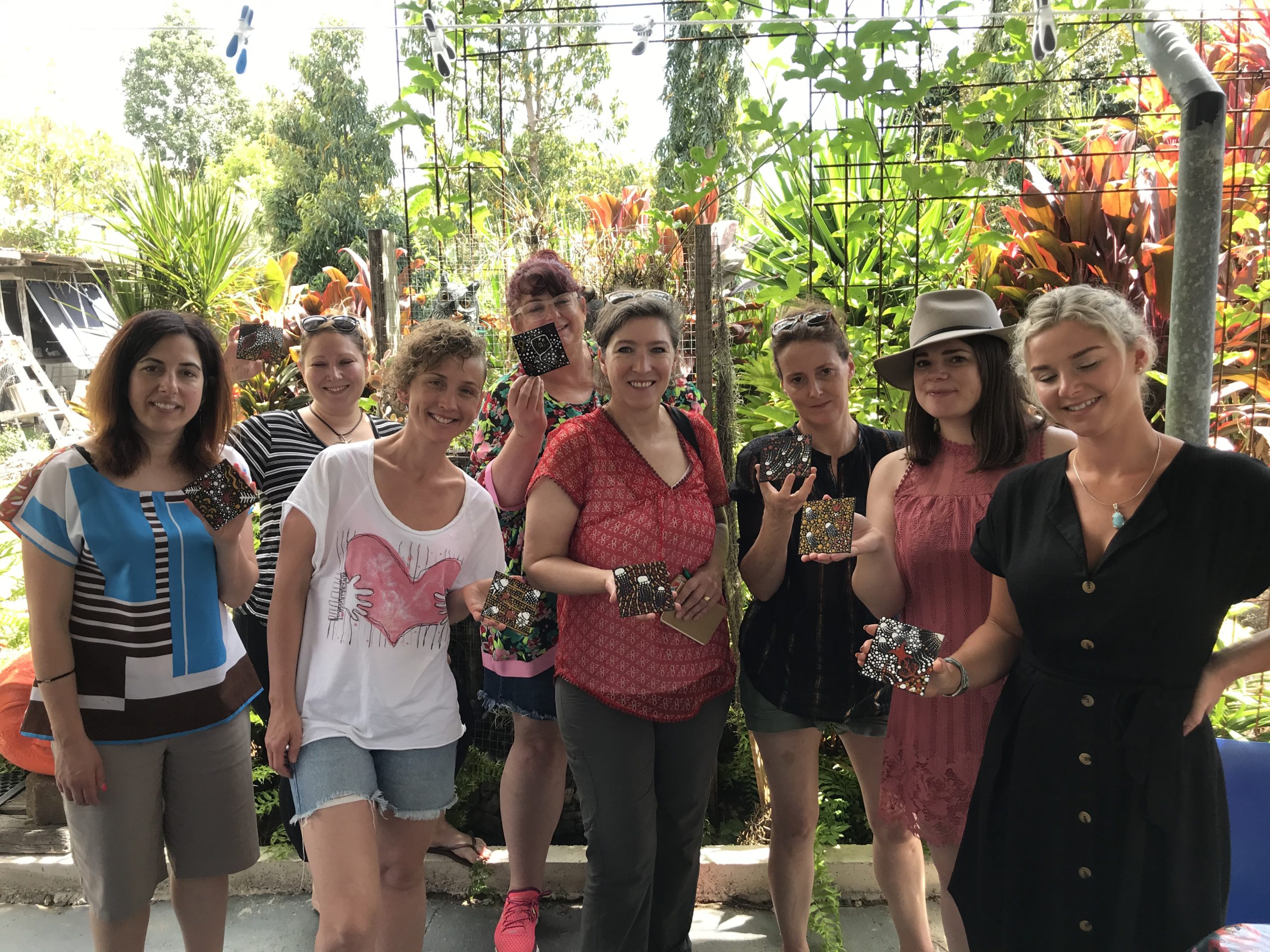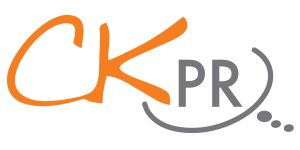How we secured a cover story for our client in a national publication
Call us old school, but nothing compares to the little flutter you get from seeing a good front page when it features your client. Opening up The Age’s Saturday edition and finding the Cape York region splashed across the front page of Traveller earlier this year was an absolute thrill.
But it was also something our team had worked on for months to make a reality. So how does it happen? Buckle in, as we go behind the scenes to explain how we liaised with a leading journalist to develop this important story for our not-for-profit client Bamaga Enterprises Ltd (BEL) and its Cape York Peninsula Lodge business.
Making the right connections
As public relations professionals, it’s our job to seek out talented writers, photographers and influencers and build relationships. We always try to align our clients’ stories with their interests as this generates the best results for everyone involved.
Cape York Peninsula Lodge is situated in a remote location of Australia – right near ‘The Tip’ – so when the stars aligned and the Australian Society of Travel Writers’ (ASTW) convention was to be held in Cairns at the end of 2019, we identified a great opportunity to time media familiarisations (famils) around this. We reached out to ASTW journalists in our network and were delighted when, among others, freelance journalist Catherine Marshall expressed interest.
Catherine is one of the best in the business with a swag of awards to prove it, plus is an all-round delightful human being. From the outset, she took the time to properly understand the BEL organisation and structure as an Indigenous, community-owned organisation. As well as face-to-face meetings and direct communication, we use various ways to reach out for opportunities to work with journalists and editors, such as through niche groups on social media and industry events.

The hard yards
When hosting a travel journalist, rigorous planning of the visit from start to finish is critical. Once we had confirmed Catherine’s interest, we dived straight into organising this media trip. If you’re new to the industry, you can severely underestimate how much time is involved in creating a strong famil itinerary and organising logistics.
BEL was able to host Catherine at Cape York Peninsula Lodge and arrange car hire, airport transfers and meals, and a guided tour to The Tip – Australia’s most northerly point. We also coordinated with external operators to arrange other tours for Catherine in the region.
Then there were interviews to arrange with BEL’s staff. One of BEL’s goals is to support tourism growth to Bamaga, the wider Northern Peninsula Area (NPA) and to a lesser extent, surrounding Torres Strait islands. However, Bamaga’s remote location means travel expenses are relatively high and we were mindful to keep costs to a minimum for this not-for-profit organisation.
We looked to regional operators and industry contacts to support the trip, while Catherine also covered some of her travel costs herself. Even if expenses are covered by the client or travel partners for the media trip, the final published review and coverage is at the journalist’s and editor’s discretion; the PR person doesn’t see the story before publication. In fact, the ASTW’s code of ethics specifies that the writer must “present honest, accurate and fair reports”.
Using industry networks
There are many stakeholders in the Australian tourism industry, and collaborating on media opportunities with trade and industry contacts can have so many mutual benefits.
For this media famil, a great place to start was to reach out to tourism bodies, such as Tourism Tropical North Queensland, to see whether they could provide assistance with additional experiences during Catherine’s stay. We contacted our friends at Rex Airlines and asked if they’d be happy to help with flights, and they agreed. Next we liaised with Peddells Thursday Island Tours, which operates ferry services from the mainland to Thursday Island, and they happily offered ferry transport as well as a locally guided tour for Catherine’s media trip.
With flights, accommodation and key activities locked in, including confirmed interviews, CK PR then created a detailed itinerary for Catherine. Each of these steps relied on industry networks and relationships previously built thanks to the history and experience of the team at CK PR, working collaboratively with the BEL operations team.
It’s all in the detail
A detailed itinerary is not just a timeline of steps to follow and places to be. The document is developed to cover every little detail of the visit. Depending on whether the journalist is travelling independently or is being hosted by the PR representative, we recommend including on a media famil itinerary the following:
- contact details for the people the journalist is meeting and headshots if available – this means everyone can recognise each other and also follow up with any questions or information following the trip;
- flight details and booking confirmation numbers;
- background briefing notes and information on tour visits and interviewees;
- advice on best phone coverage and WiFi access; and
- any other logistical information that may be important such as currency, power adaptors etc.
Keep this information as concise as possible so if the journalist wishes to print the itinerary, they don’t have to sift through pages of information. Anything more detailed can be provided as attachments. Another option to consider, especially if managing a group famil, is a digital app such as Trip Plans.
Following through
For Catherine’s trip, once everything was organised, we had to trust in our prep work, but we also knew we had our client ‘on the ground’ to assist. We knew that with Catherine’s travel experience, including in the most remote parts of Africa, that she would be self-sufficient, and that’s another consideration to make when arranging a media famil – how much support the journalist expects and how much they may actually need.
Once Catherine arrived, there was little to do from CK PR’s end but to check in with our contacts onsite and liaise with Catherine regularly to check everything was progressing as it should be – and most importantly, that she was enjoying her experience!
After Catherine’s visit, CK PR followed up to see if she had any questions or required any extra resources to help with her planned story. Due to COVID-19, we were realistic that any media coverage would be considerably delayed, but also that domestic travel would likely take precedence when Australians were ready to holiday. We kept in regular contact with Catherine and when she was ready to proceed with the final story, answered any outstanding questions, confirmed certain details were still current, and provided images.
Once Catherine’s eye-catching article appeared, we shared the positive news with tourism partners in recognition of their contribution to the story, as well as with the Bamaga community.

Our top tips for a successful media famil
- Know the journalist you’re working with and their style.
- Understand that their story angle might not exactly align with your dream. scenario, because they know what will work for their publication and its audience (editorial vs advertorial).
- Pool your resources and industry connections to create a memorable experience for the journalist that is ideally cost effective for all parties.
- Create a detailed itinerary that allows for little margin for error while still being user friendly.
- Follow up after the trip to check if you can provide any additional support for any stories in development.
Anything we’ve missed? Let us know what other tips you might have in the comments below.
You can get in touch with us here.
Some more tips you may be interested in:


